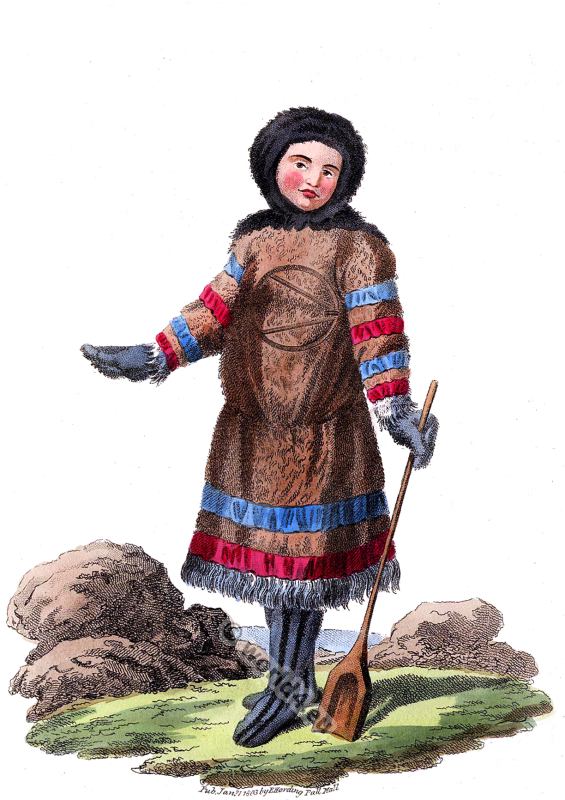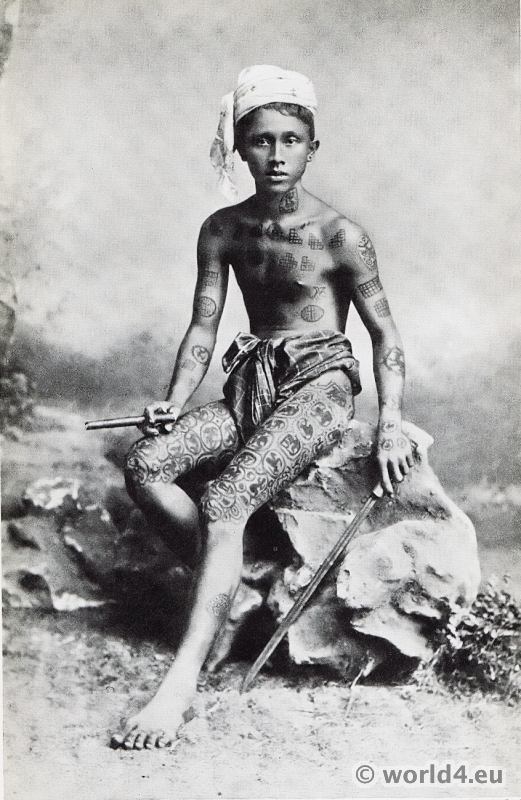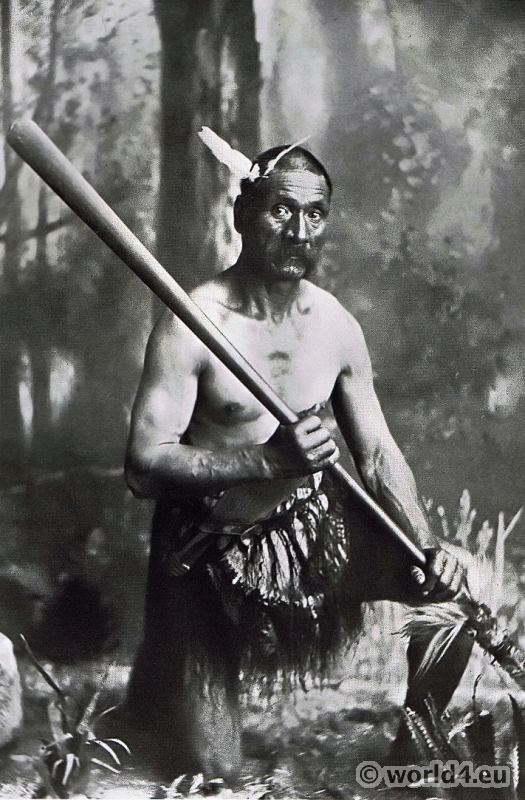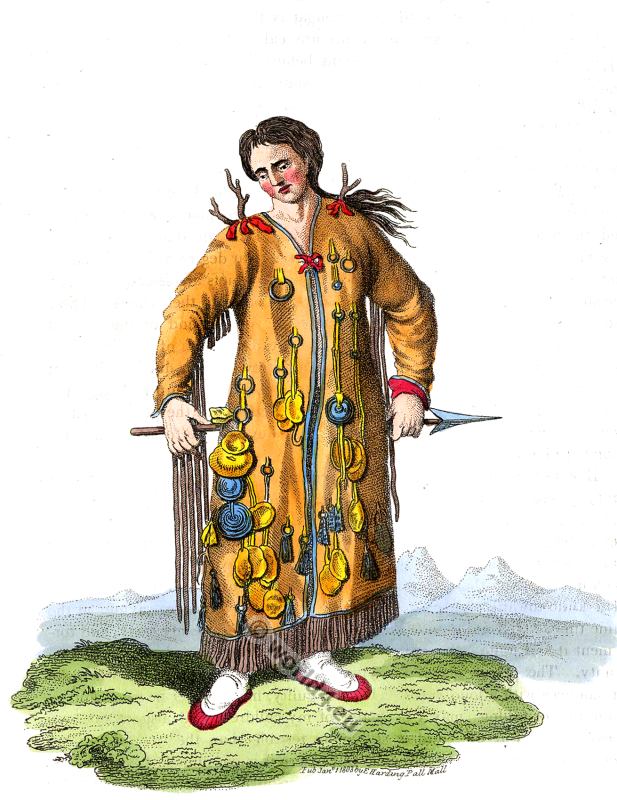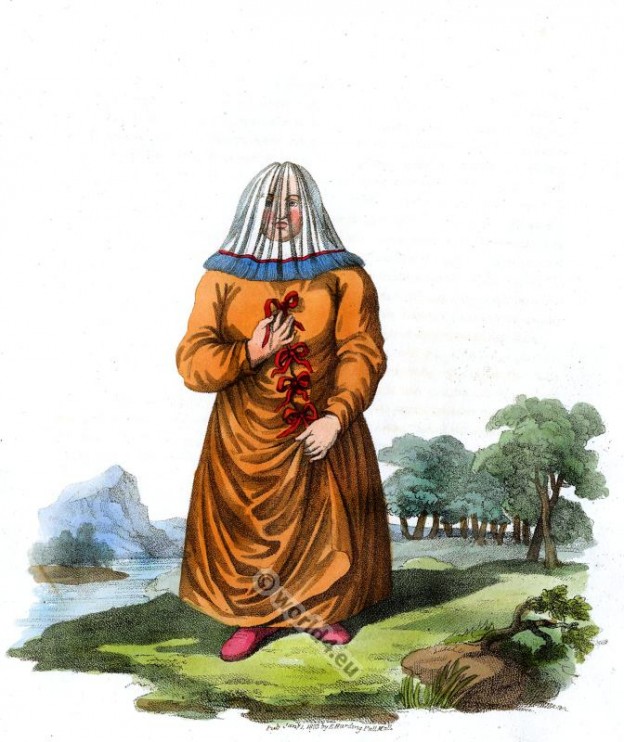A Female Samoyed 1803. Une Femme Samoyède. Nenets indigenous people in northern arctic Russia also known as Samoyeds. Living in the Yamalo-Nenets Autonomous Okrug.
Category: Genre
Tattoo Art on Boy from Myanmar.
Tattoo Art on Boy from Burma (Myanmar), West Indies, 1900.
Maori warrior with Taiaha weapon, New Zealand
Maori warrior with Taiaha weapon, New Zealand
Hunter from the Evenk tribe. Native to Siberia and Northeast Asia.
The Evenks wandering in more southerly solitude, they are skilful huntsmen, sit well on horseback, and combat with much courage.
Evenk Shaman. A Tungusian Priest, in the Vicinity of the Argun.
THE Evenks (Formerly Tungusian) are pagans of the sect of the Shamans.
A Tungusian, Evenki in his ordinary Dress. Tungusic people.
Formerly known as Tungus or Tunguz, Mongolian. Tungusic people of Northern Asia. The Evenks are recognized as one of the Indigenous peoples of the Russian North.
Back view of an Evenki Shaman in the Vicinity of the Argun.
The Evenks are recognized as one of the Indigenous peoples of the Russian North. The traditional religion of the Evenki is strongly influenced by shamanism.
A Khanty, Ostyak of the Ob in traditional dress.
Ostyak Finno-Ugric, Khanty Ugrian people, living in northwestern Siberia (east of the Urals) Khanty–Mansi Autonomous Okrug.
Female Ostyak Finno-Ugric, Khanty Ugrian.
Ostyak Finno-Ugric, Khanty Ugrian people, living in northwestern Siberia (east of the Urals).
A Ostyak in traditional dress hunt ermine.
In 1803, Ostyak people in northwestern Siberia hunted ermine with bows, traded with Russians, and lived in fragrant, multi-use huts.

